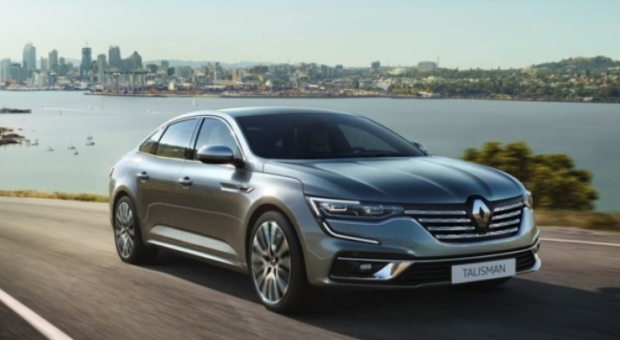
For many, cars are both something to enjoy and something they need. But spending more money than they bargained for can take the joy out of it and add unhelpful amounts of stress.
The cost of owning a car is so much more than the price on the window sticker. Some people negotiate a good deal on a car only to discover that driving and maintaining it month to month is far more expensive than they expected.
The good news is there are several steps people in any financial situation can take to reduce the cost of driving a car. Here are five ways anyone can try to make driving a car less expensive.
Slow Down
More than a few people might not like this step. While driving fast might be fun or feel necessary, it can be far more expensive than people realize. For one thing, driving fast makes a person more likely to get into an accident.
Driving at high speeds reduces response time to obstacles or other drivers and also results in more severe and costly accidents. If the driver is at fault, he can be on the hook for thousands of dollars and also potentially have a non-operable car.
Another reason to take the foot off the gas is that driving at high speeds is less fuel-efficient. Cars going over 65 miles per hour see a drastic reduction in fuel efficiency, meaning the car is burning through gas much faster, and the driver will be pulling into the gas station that much sooner. Over time, those frequent trips to fill up add up.
Stay on Top of Maintenance
No one likes unexpected and expensive car repairs. Staying on track with maintenance is important and helps reduce the likelihood of a sudden big repair. Most new cars come with some kind of manufacturer warranty, and some also have a dealership warranty. But eventually, those warranties expire, or an owner might have purchased a used car without a warranty.
Extended car warranties can help prevent the cost spike of a sudden, large repair. They’re a way for drivers to mitigate repair risks. Some extended car warranties can be expensive, so drivers should call around and get quotes to ensure they’re getting the best price.
Buy What You Need
A big, shiny car can be tempting, but one of the biggest ways to save money is to focus on what the driver needs. Bigger cars are often much less fuel-efficient. They may mean more frequent trips to the gas station, and some even require more expensive gas at the pump.
Maintenance and repairs on bigger or luxury cars can also hurt the wallet. They may require special parts or maintenance from a certified repair shop. It’s a good idea to look up a particular car make and model to find out what the most common maintenance problems are and how expensive typical repairs are.
Pain at the Pump
Most gas stations offer several choices, including diesel, regular, a middle-grade, and premium gas. Premium gas is the most expensive choice. Many people think they always need the premium gas choice, but they may not.
Most car operating manuals will list the best octane rating for the car, and that is what the driver should use in most cases. They can also consider the age and the weight of the car. Many cars perform very well with regular gas, and some need a higher rating. The owner’s manual is the best place to start.
Car Insurance Savvy
All car insurance companies are not the same. Every driver, regardless of the age or value of his car, should call around and get car insurance quotes. People may be in for a shock when they discover how different policy prices can be. Drivers should ask about the different discounts and driving programs the car insurance company offers.
The amount of coverage a person needs for their car can change also. Newer and luxury cars need more insurance than older cars that have depreciated in value. Car insurance minimums vary from state to state as well. Driving without insurance is a huge risk with potentially devastating results.
Investing in the right amount of coverage and maintaining a policy protects the driver’s investment in their car and also protects from the huge medical expenses of an accident-related injury.
There are many factors to consider beyond the monthly car payment. When drivers take the time upfront to go over their needs and potential future costs, they can make smarter decisions with their money and avoid the stress of paying too much to drive.
















